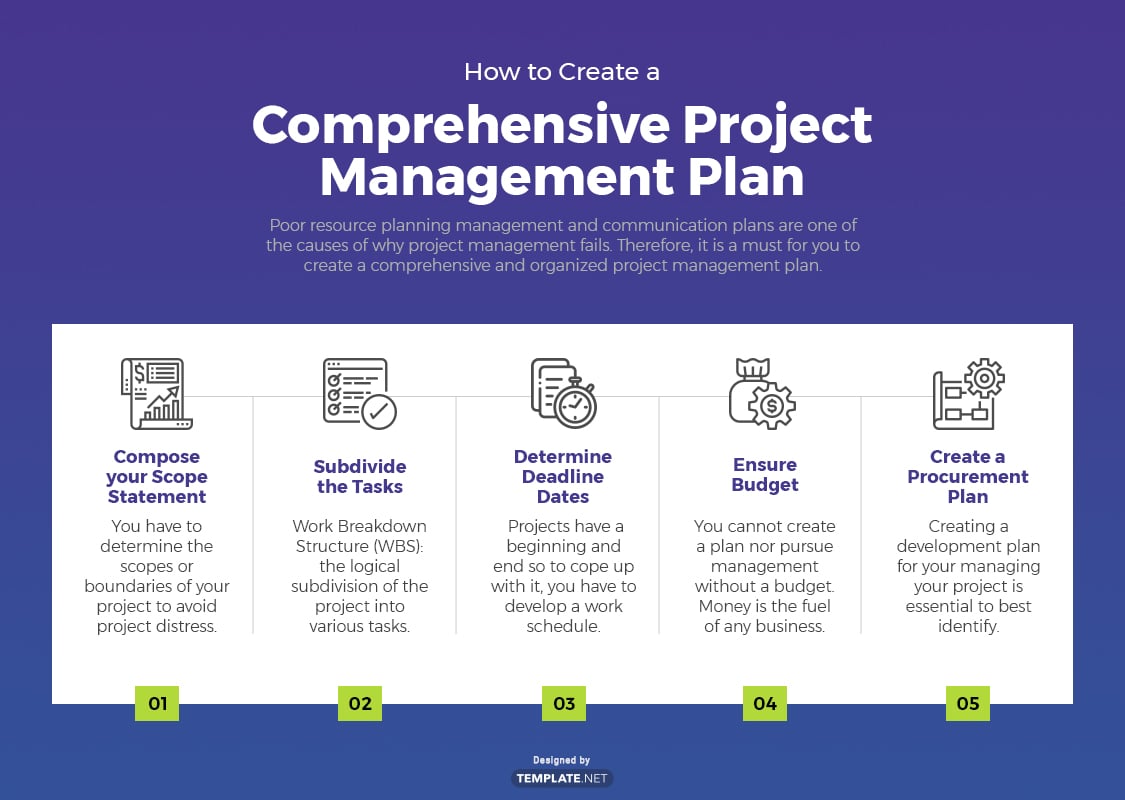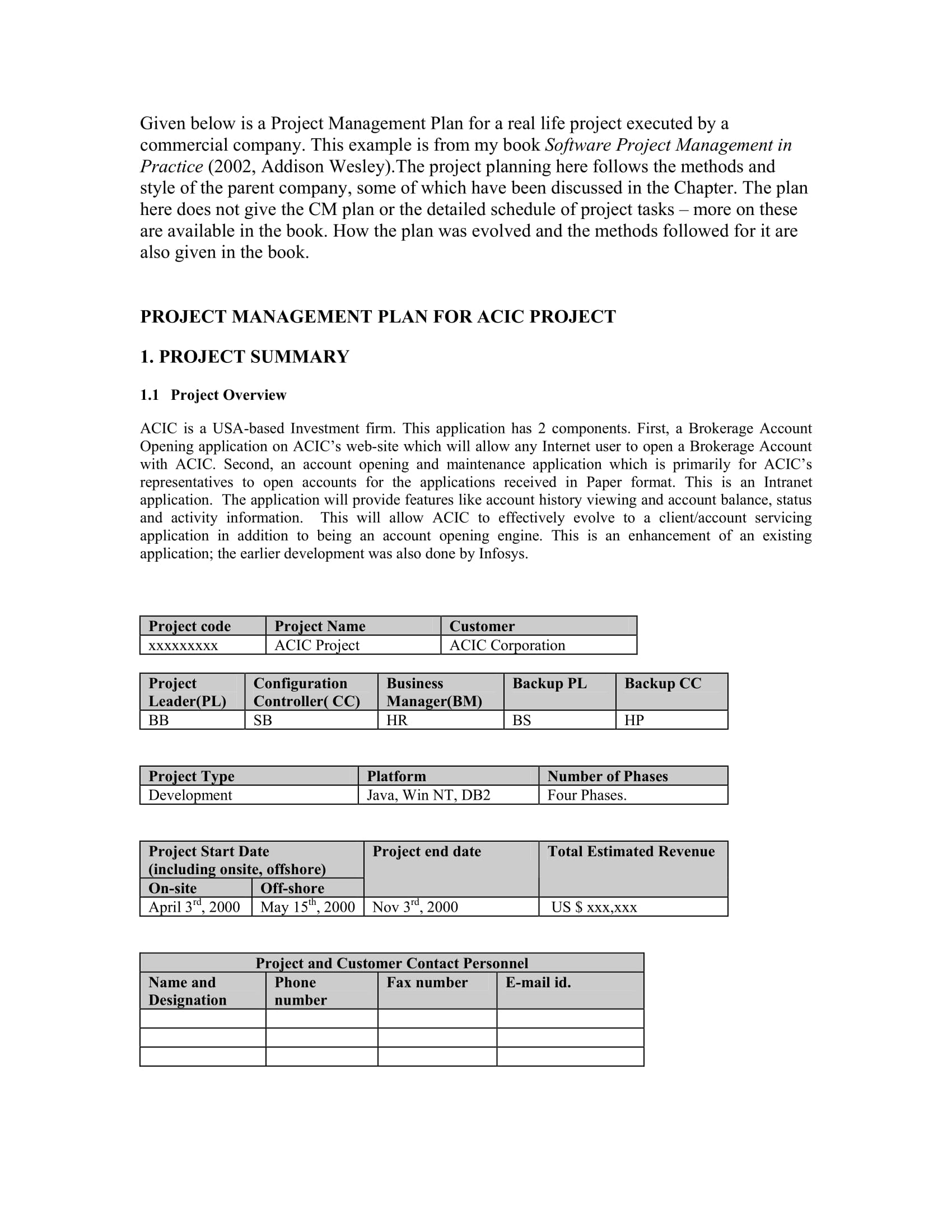
- Project management planning how to#
- Project management planning full#
- Project management planning software#
Control documents relating to that effort are produced. The project work is broken down into specific tasks and sub-tasks, including the identification of project deliverables and assignment of allocated resources to each task.
Project management planning full#
This Phase requires study and analysis culminating in the full Project Management Plan and that may lead to system development activities.Īcquisition activities are performed, if necessary, to obtain contractor support.
Project management planning software#
Project management software like Jira will help your team take projects from lightbulb to launch day with strategy and organization.The Planning Phase begins when the project has been formally approved and funded, and the Project Charter is approved.
Provides real-time updates, so nobody is operating with outdated informationĭon’t try to manage your project life cycle with endless email threads, random documents, and messy spreadsheets. Project management planning how to#
Reduces inaccuracies, because everybody knows how to find the right information. Makes the project plan more actionable by creating assignable tasks, owners, and more. Clarifies roles and responsibilities, so everybody knows what’s expected of them. Improves transparency and visibility, since the entire team can track the life cycle. What makes it so great for managing the project management life cycle? This software: In fact, 77% of high-performing projects use project management software. If you want to boost success and reduce stress, project management software is a must. Think project management software is one of those “nice to have” things? Think again. These dependencies are aspects of the project that are tied to another. They’re also able to identify who the key project players are (in this case, the HR team, web development team, graphic designer, and content team), as well as any task and resource dependencies. Once the team knows what the project requires, it’s a lot simpler for them to figure out how much time it will take, what supplies they need, and what they should do first. Upload videos and documentation to the dashboard. Draft procedures and checklists for onboarding process. 
Launch a portal where new employees can ask for help.Record video tutorials to be included in the employee dashboard for extra clarification.

Create general flow of new onboarding process/ 90-day plan.Interview managers about what they want included in the process.Survey existing employees for feedback on the current onboarding process.In the case of Sofia and her team, they identify the following tasks: This splits the entire project into tasks that are displayed in a graphic format, so everyone involved can easily see the project’s action items.
 Complete projects faster, because they’re more accurately planed with less unforeseen obstaclesĪdd all of those benefits together, and you get the biggest benefit of all: teams can deliver more successful projects more quickly.Īccording to the Project Management Institute (PMI), for every $1 billion invested, $122 million is wasted due to poor project performance.Ĭreating a work breakdown structure (WBS) can help. Move projects from start to finish in an organized and strategic way. Rather than tackling a project haphazardly and knocking out the low-hanging fruit first, understanding the project management life cycle enables teams to: You move sequentially through the phases to take a project from an idea to a completed deliverable. The project life cycle is the set of stages a project moves through from beginning to end. The term “life cycle” sounds like something straight out of your high school biology class, but the concept is actually pretty straightforward.
Complete projects faster, because they’re more accurately planed with less unforeseen obstaclesĪdd all of those benefits together, and you get the biggest benefit of all: teams can deliver more successful projects more quickly.Īccording to the Project Management Institute (PMI), for every $1 billion invested, $122 million is wasted due to poor project performance.Ĭreating a work breakdown structure (WBS) can help. Move projects from start to finish in an organized and strategic way. Rather than tackling a project haphazardly and knocking out the low-hanging fruit first, understanding the project management life cycle enables teams to: You move sequentially through the phases to take a project from an idea to a completed deliverable. The project life cycle is the set of stages a project moves through from beginning to end. The term “life cycle” sounds like something straight out of your high school biology class, but the concept is actually pretty straightforward.







 0 kommentar(er)
0 kommentar(er)
